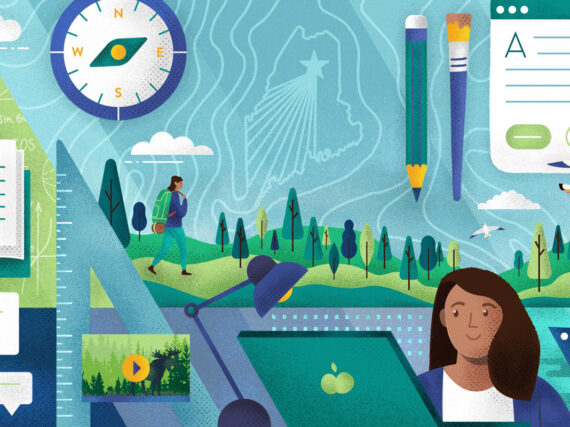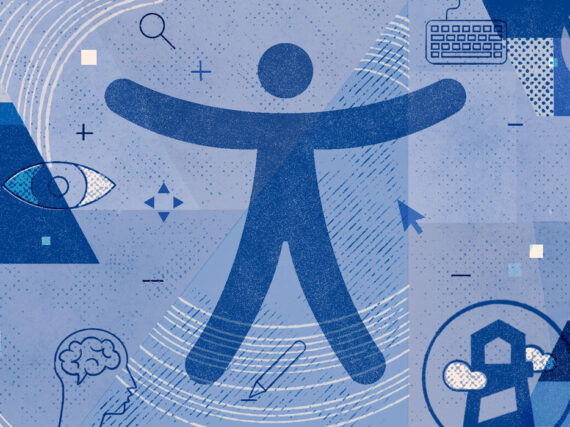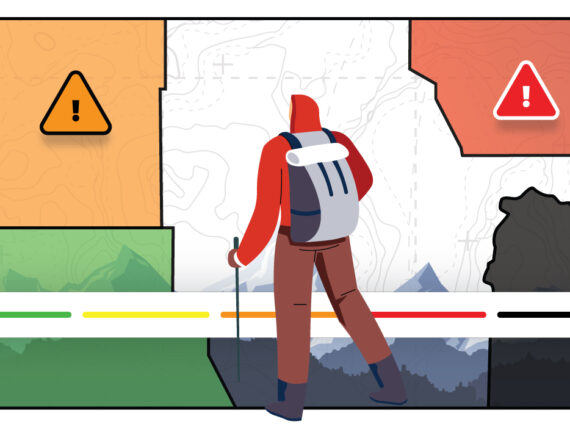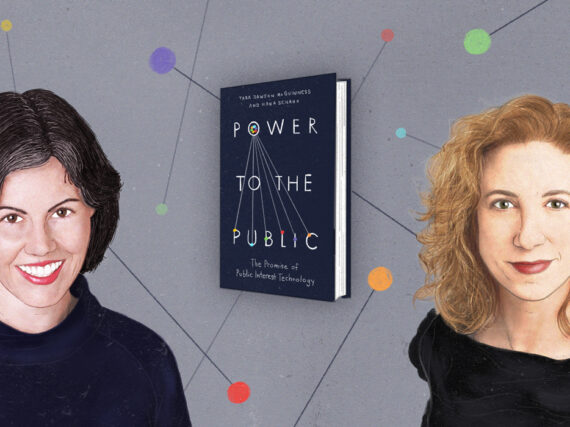It’s no secret that the public sector doesn’t consistently prioritize user experience. We’ve all struggled to register a car online, or pay a parking ticket. Why, we wonder, does something we are required to do by law have to be so difficult?
One of the biggest challenges facing government service providers today is developing user-centric online services. A user-centric approach strives to understand the user experience first and foremost and provide tools that best meet a specific user’s needs.
Private sector companies (like Apple) have been doing this for years, that’s why their tools are intuitive and easy to use. Teaser: it’s about research and testing, not blind luck.
Does it have to be so hard?
As it turns out, we are not alone in our confusion on public sector sites. A groundbreaking 2014 study by McKinsey & Company surveyed 17,000 people from 15 states asking them to rate satisfaction with state online services, as well as those in the private sector. Based on a Citizen Satisfaction Score (CSS), the highest mark for public sector state services came in at 22, with 36 for the lowest. Retailers, e-commerce and bank sites, on the other hand, received scores in the 70s.
As you can see here, the public sector dominates the lower half of this chart from McKinsey:

Change is in reach
Why has it been difficult for the public sector to evolve in the area of online usability? Most often, it’s because time and budget are constrained and the payoff of to the investment isn’t obvious. The good news is that an evolution is finally happening, right now.
Since the White House released a digital strategy in 2012 encouraging a “digital-first mindset,” we’ve seen the launch of the US Digital Services Playbook in 2014 and the Web Design Standards. Furthermore, organizations such as GovLoop have joined forces with Adobe to provide guides to help government agencies become more customer-centric.
Resources from GovLoop include a free, downloadable Pocket Guide on “Customer-Centric Digital Transformation: What You Need to Know,” produced by Adobe.
Customer-centric defined
Based on the White House’s Digital Government memorandum, the guide defines customer-centric as such:
“In short, being customer-centric means putting yourself in your customers’ shoes as they proceed through a digital journey and digital interactions with your agency.”
- Where are their pain points?
- What would make their interaction or transaction truly seamless?
- Are you meeting them on the platforms they use?
- Are you providing the information they truly need and making it easy to find?
A roadmap to follow
The primary message of the “Customer-Centric Digital Transformation” pocket guide is simple: in order to provide the right information for customers, you must get to know them.
William Chumley, Chief Customer Officer at the Colorado Governor’s Office of Information Technology, is quoted in the guide as saying:
“[Digital transformation in government] takes working and meeting with the customer, building a strong relationship and digging into their business models to understand citizens’ goals.”
However, getting to know the customer is a lot of work. This is where public agencies can fall short. To come to the rescue, the guide’s Adobe experts suggest the following plan of action for service providers:
1. Develop customer journey maps
- Start by collecting all customer data from throughout your organization
- Plug the date into a data platform that can help you identify key personas
- Learn how those personas interact and respond at different touch points to discover what they need
2. Prototype the experience
- With your new customer journey maps, build out experiences for your key personas
- Start to prioritize the touch points that will make the most emotional impact on each persona as they move from channel to channel
- See where each touchpoint will have the greatest effect so you can plan accordingly
3. Analyze and revise your prototype
- Use data to learn how customers respond to your experience prototypes
- Identify data anomalies to locate areas within the customer journey where customers are experiencing extreme friction or enjoyment
- Repeat your previous efforts or redesign them to improve the experience
- Use key informant interviews or focus groups to get qualitative feedback
- Find all areas that need adjustment, and make the appropriate changes
4. Roll out and perform ongoing optimization
- Deliver the revised experience, modified to meet your customers’ needs and expectations
- Continue to monitor how customers are responding to your experience design through direct feedback, social comments, and reviews
- Use analytics to identify metrics like low conversion rates, abandoned cart statistics, video completions, repeat visits and others that identify opportunities for improvement
5. Automate engagement
- Scale to meet the demands of your customer base
- Use technology to automate the delivery of one-on-one experiences that are relevant to each customer segment
- Rate customer satisfaction and the evolving needs of your business to evaluate the experience
Four components of great customer service
Ultimately, the above steps will help an agency to fulfill what the Govloop guide calls the four components of great customer service for online content:
- Compelling: “To engage citizens, it is critical that public agencies quickly identify what content is relevant and compelling to them – which can be measured by bounce rates, time spent on page and shares on social, among other metrics.”
- Personal: “When you understand the makeup of your audience, you can deliver targeted content based on common characteristics like frequent visitors or citizens of a particular age group.”
- Useful: “If a person came to your government site looking for a specific name or form, and left without that information even while taking in lots of other content, that interaction or content wasn’t necessarily of use to them.”
- Available at every touchpoint: “Single transactions must be accessible across all channels available to customers. For instance, they might start the transaction on a phone, continue it on a tablet or laptop and finish it on a desktop. All channels must work.”
So, what’s the payoff for the public sector? The benefits to improved online customer service include:
- Fewer phone calls and walk-in transactions
- More citizen trust and value for government
- Higher compliance rates for services
How to get there
Do you work with public sector services that are less than useful? You may be wondering how to begin the customer-centric evolution. For many agencies, the plan of action detailed in the GovLoop guide may create the following issues:
- Skills required are outside the skill set of employees, or technologies are outdated
- Time is limited for this kind of work
- The expense may seem beyond the budget available
The good news: while this work may not be doable by the public sector agency internally, there are many technology companies that can do it remotely. GovWebworks works with agencies across the country (from Vermont Judiciary to Idaho Department of Health and Welfare) to enable this digital transformation.
In many cases around the country, agencies are updating their online services with vendors to help to overcome the roadblocks. When this is the case:
- The vendor provides the skills needed, and open source technologies provide flexible solutions at a lower cost
- A user-centric approach is very scalable and can be done in phases, even a small change can improve the end product
- This kind of work is a priority right now, so funds can usually be earmarked to bring an agency up to speed
The biggest benefit of all? The chance to increase that McKinsey Customer Satisfaction Score in the public sector.
Contact us to learn more about creating a customer-centric roadmap.
Download the “Customer-Centric Digital Transformation: What You Need to Know” guide from GovLoop.







